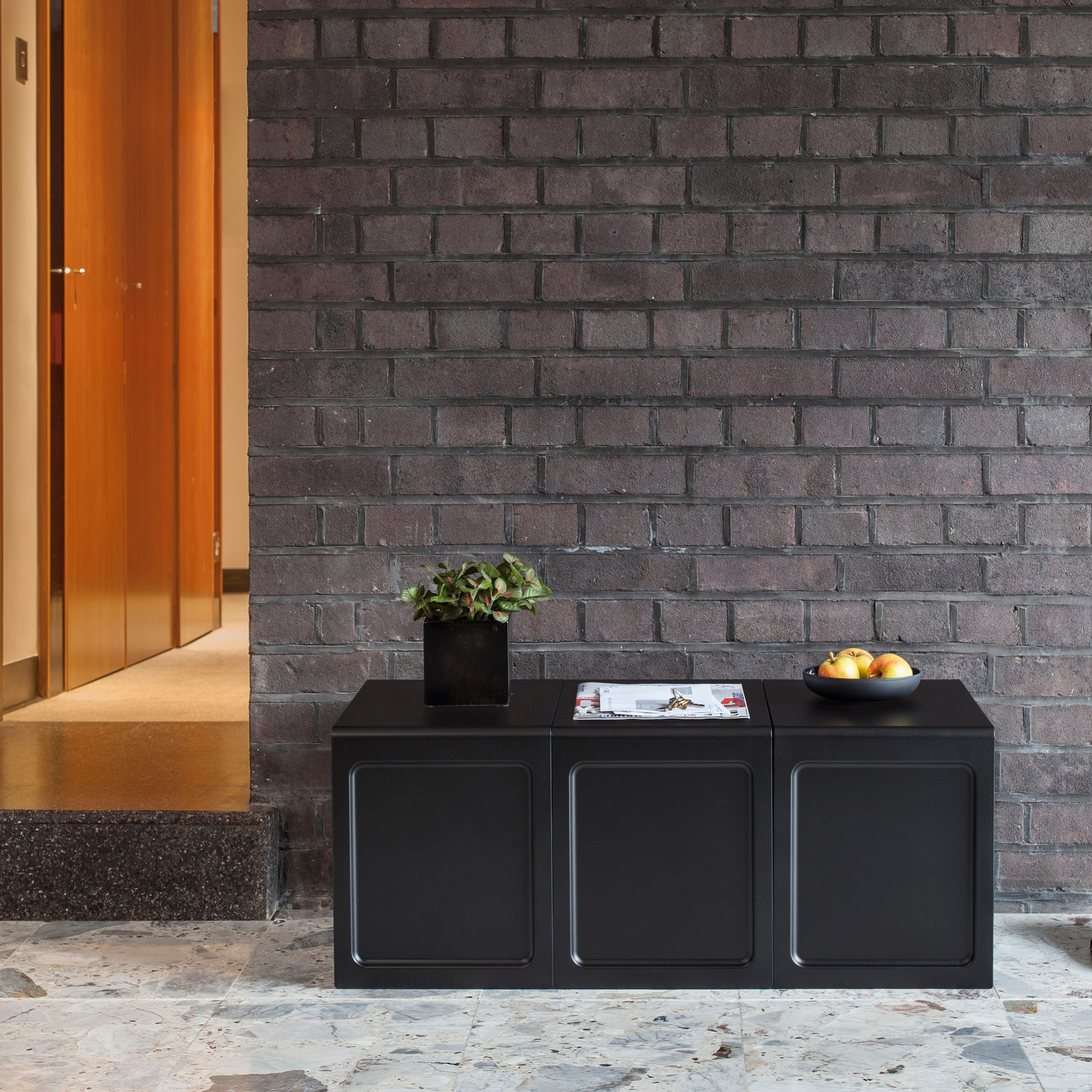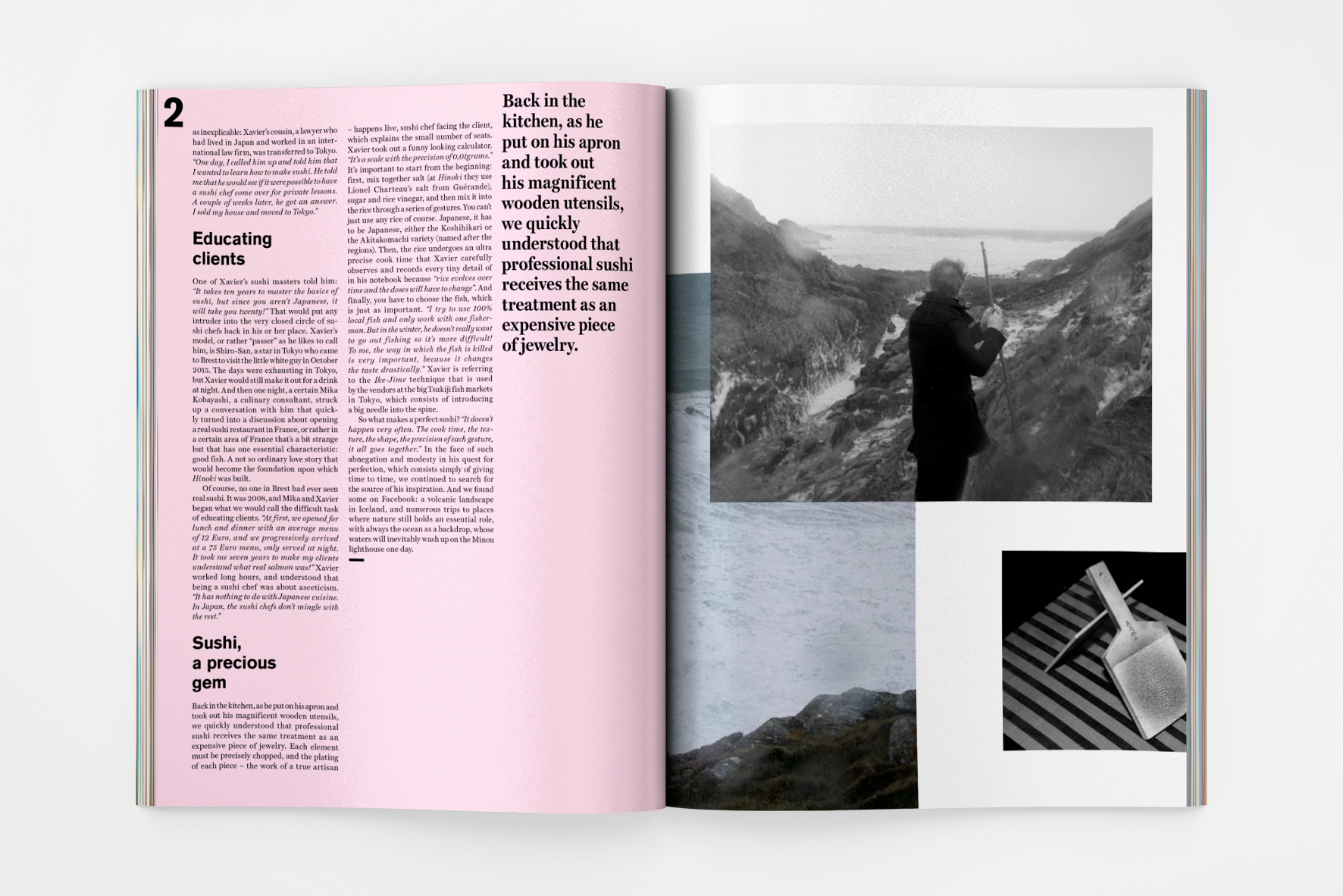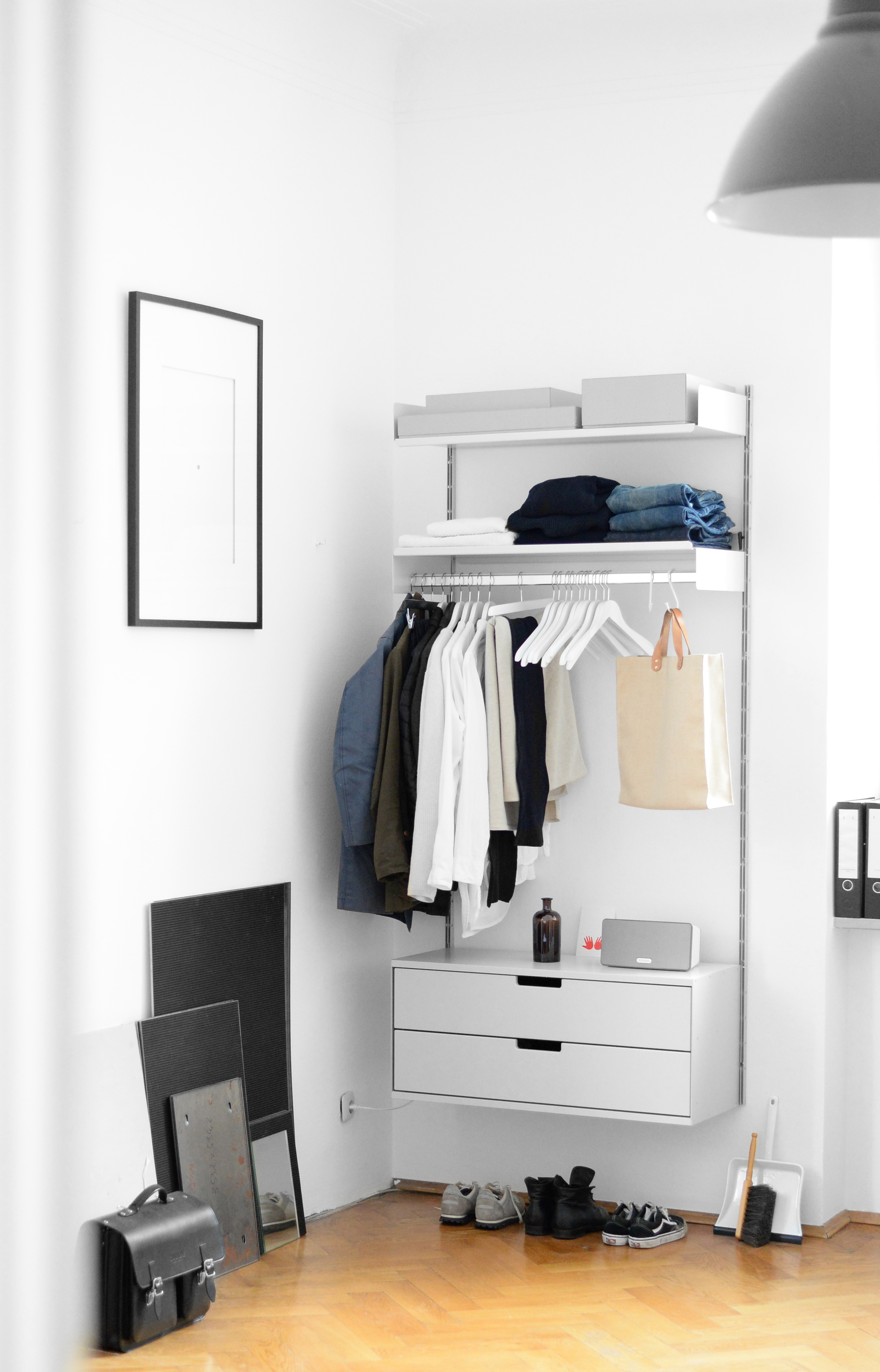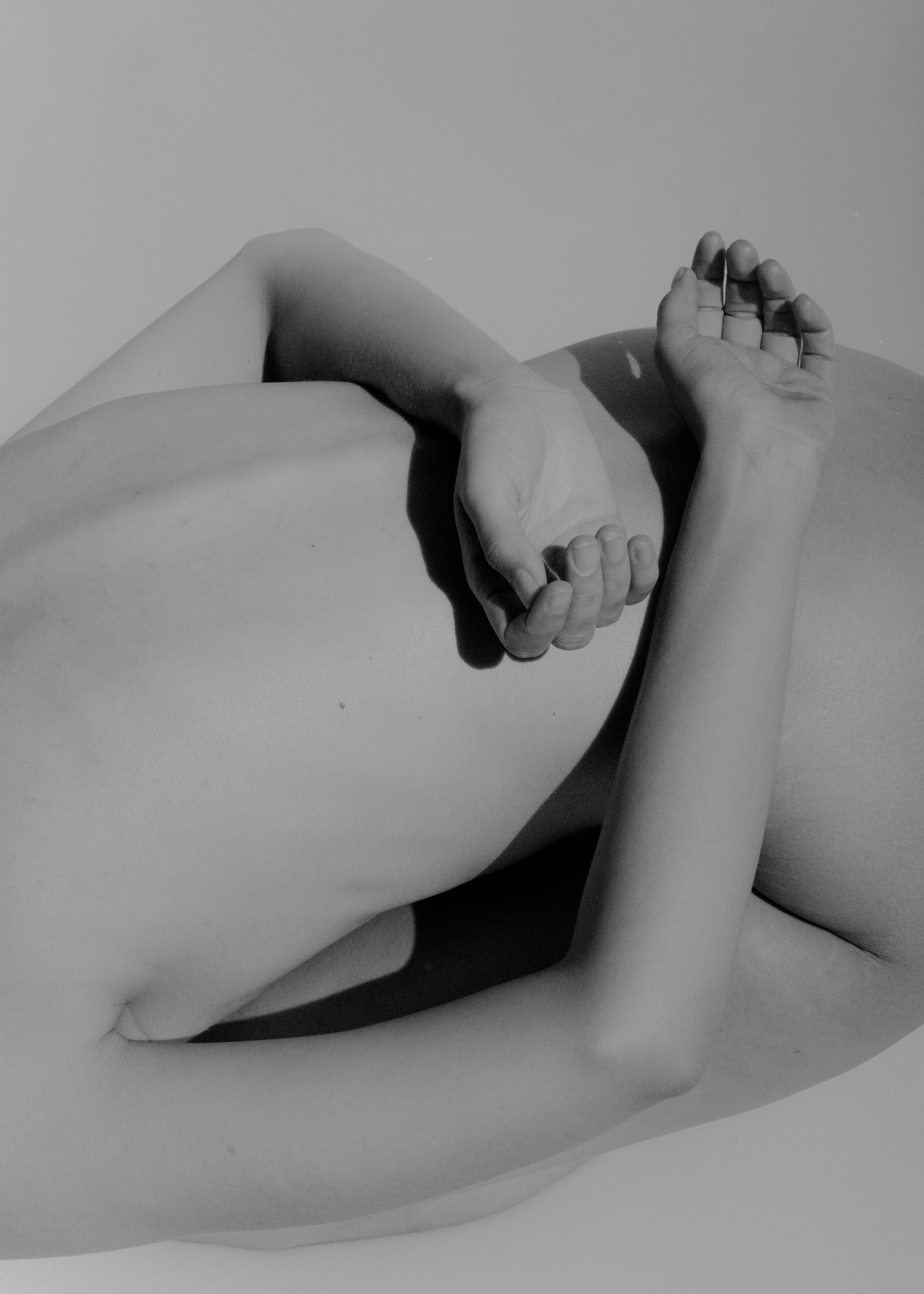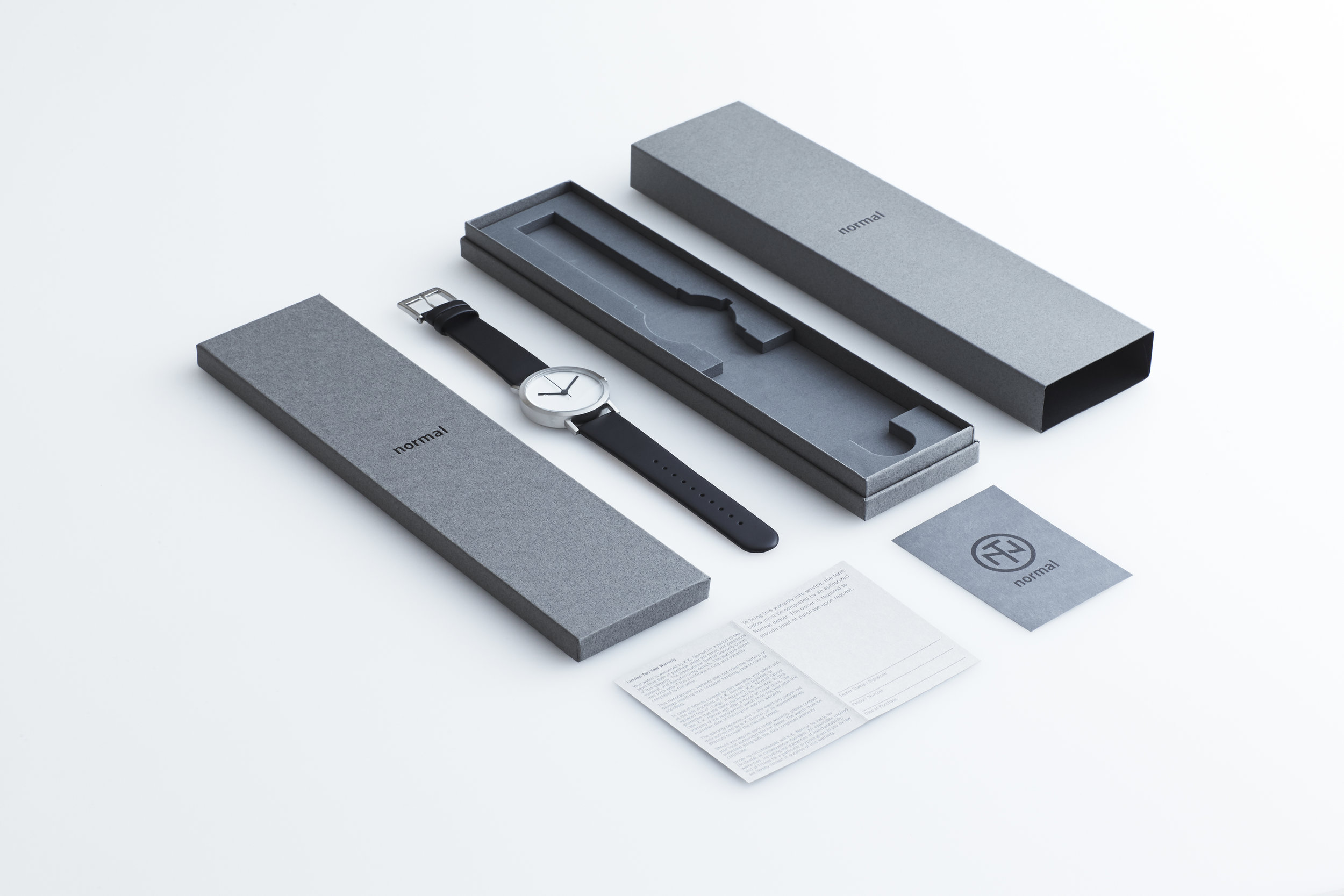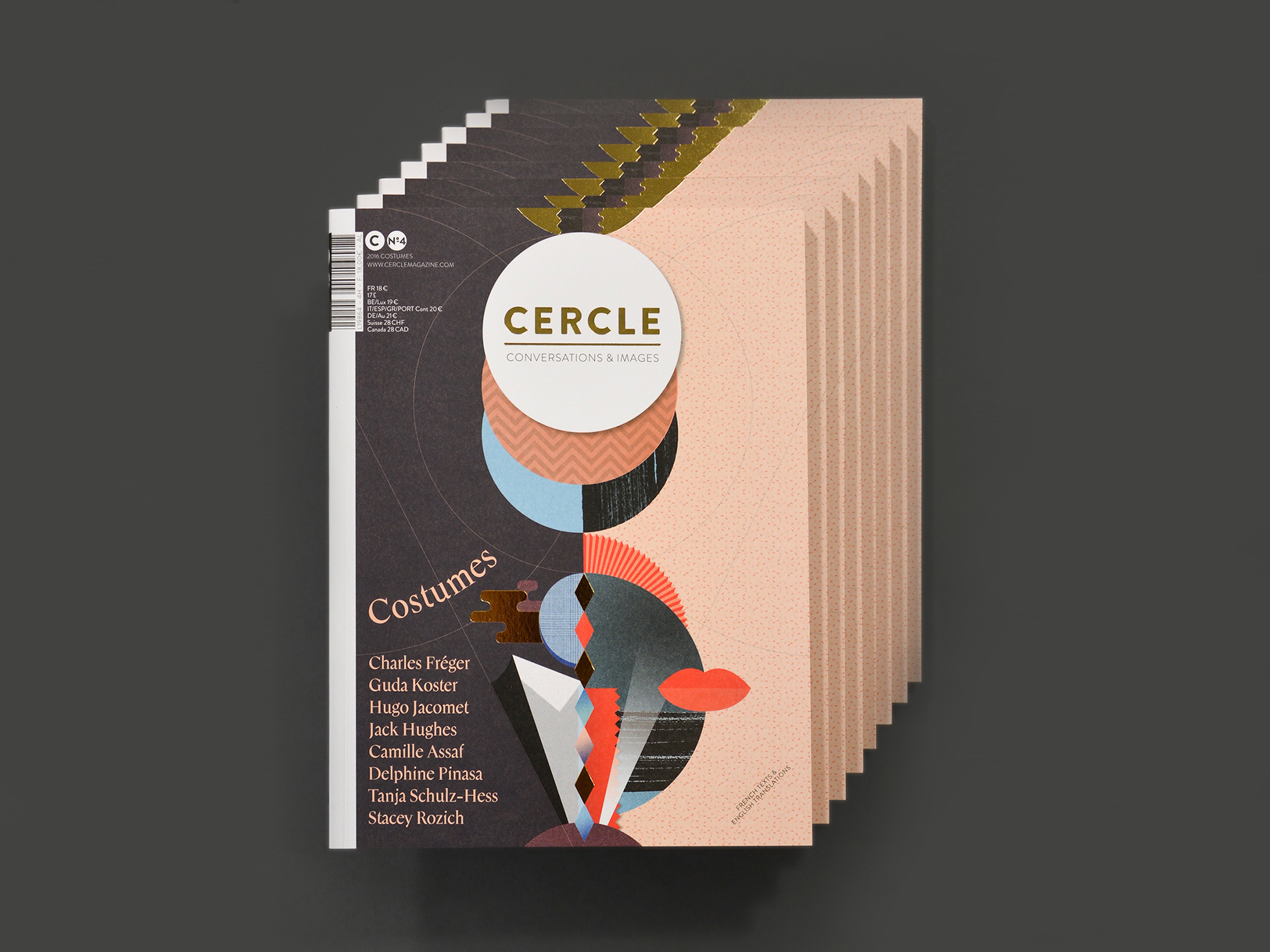Vitsœ - The Power of Good Design | FREE Copy
Alex Rückheim
Vitsœ currently offers three products designed by Dieter Rams: the 606 Universal Shelving System, the 620 Chair Programme and the 621 Table.
To celebrate the design principles coined by Dieter Rams, Vitsœ have published a pocket-sized compendium detailing these very principles – the ethos that underlies each and every step of the company.
Vitsœ and GOODS WE LIKE have teamed up with the aim to spread this design ethos as far as possible, making the publication accessible to everyone.
Note: the send-out of the free copies has now ended. If you wish to request a copy, please get in touch directly with Vitsœ.
--
Founded in 1959 with the aim to allow more people to live better with less that lasts longer, renowned furniture company Vitsœ has consistently stood up to a world that appears to value only things that are new. For this reason, the London-based brand set out with the mission to make long-living furniture; always seeking to be better rather than newer.
Live better with less that lasts longer.
The beauty about Vitsœ is that the company designs, makes and evolves furniture that lasts for generations. Based on this principle, Niels Vitsœ and Otto Zapf decided to establish a company to realise the furniture designs of Dieter Rams – known for his unobtrusive approach and belief in “less but better”. As one of the foremost industrial designers of the 20th century, the former Braun designer has not only shaped the Functionalist school of industrial design, but his design principles have been – and still are – an inspiration to a whole generation of designers.
Becoming increasingly concerned by the state of the world around him, Rams asked himself probably one of the most important questions in his career: is my design good design? As good design can’t be expressed in finite terms, he set about expressing the ten most important principles for what he considered was good design. This chain of thought resulted in what is known as The Ten Principles for Good Design.





